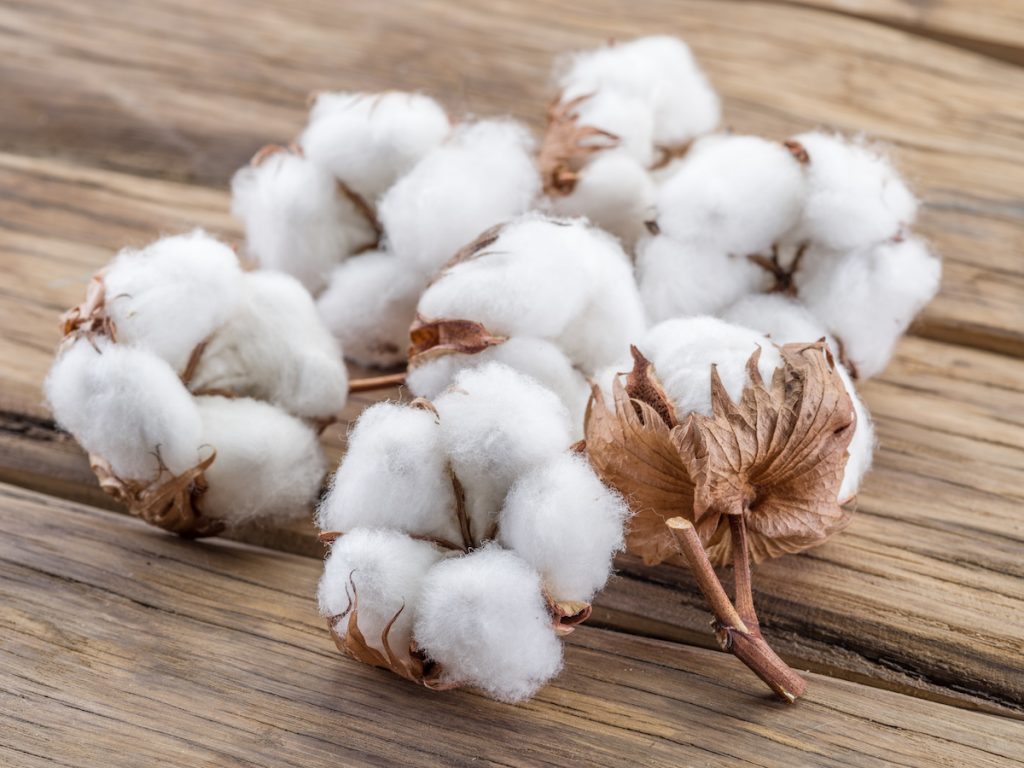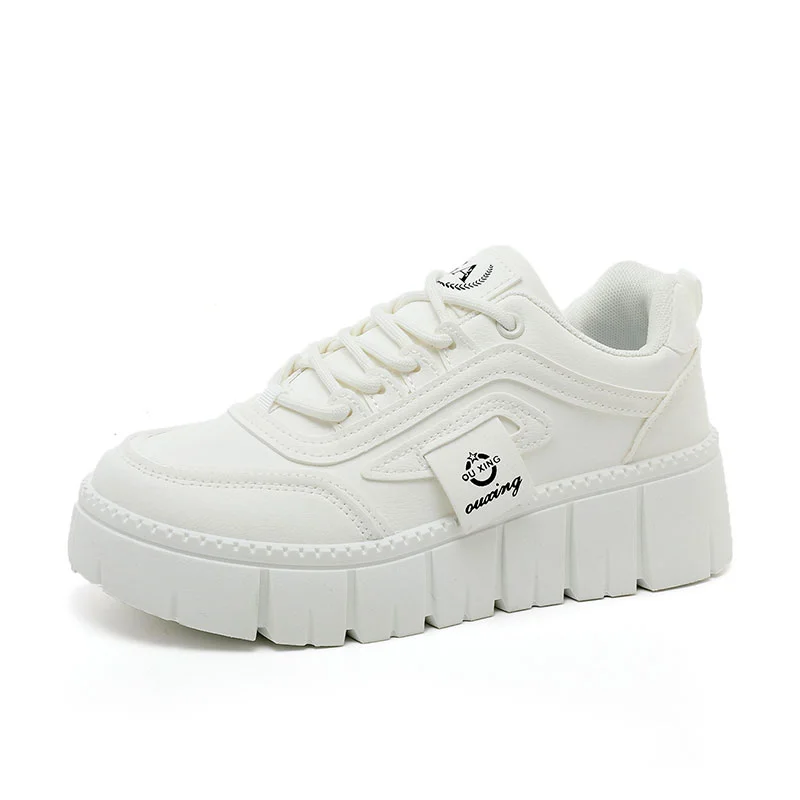Decoding the Secrets: How to Identify High-Quality Cotton
3 min read
Cotton is one of the most widely used natural fibers in the world, known for its comfort, breathability, and versatility. However, not all cotton is created equal. The quality of cotton can vary significantly, affecting its durability, softness, and overall performance. In this article, we will delve into the intricacies of identifying high-quality cotton, equipping you with the knowledge to make informed choices when purchasing cotton products.
- Fiber Length:
One of the key indicators of cotton quality is the length of its fibers. Long-staple cotton, such as Egyptian or Pima cotton, is highly sought after due to its superior strength and softness. These longer fibers result in smoother, more durable fabrics that are less prone to pilling and tearing. When examining cotton products, look for labels indicating the use of long-staple cotton for a higher chance of obtaining high-quality items. - Thread Count:
While thread count is often associated with bed sheets, it is also relevant when assessing the quality of cotton fabrics. Thread count refers to the number of threads woven per square inch of fabric. Generally, a higher thread count indicates a denser and more durable fabric. However, it is important to note that thread count alone does not guarantee quality. Manufacturers may use multi-ply threads to artificially inflate the thread count, resulting in a lower-quality fabric. Therefore, it is advisable to consider thread count alongside other factors when evaluating cotton products. - Weave:
The weave of cotton fabric plays a significant role in its quality and characteristics. Two common weaves found in cotton fabrics are percale and sateen. Percale is a plain weave that offers a crisp, cool feel, making it ideal for warm climates. On the other hand, sateen has a satin-like weave, resulting in a smooth and lustrous fabric with a subtle sheen. Both weaves can be of high quality, but personal preference and the intended use of the fabric should guide your choice. - Fabric Weight:
The weight of cotton fabric is another factor to consider when assessing its quality. High-quality cotton tends to have a substantial weight, indicating a denser and more durable fabric. However, the appropriate fabric weight depends on the intended use. For example, lightweight cotton is suitable for summer clothing, while heavier cotton is preferable for upholstery or winter garments. Understanding the desired application will help you determine the appropriate fabric weight for your needs. - Finishing and Treatments:
The finishing processes applied to cotton fabric can significantly impact its quality and performance. High-quality cotton is often subjected to minimal chemical treatments, resulting in a more natural and breathable fabric. Look for organic or untreated cotton options if you prioritize sustainability and hypoallergenic properties. Additionally, consider fabrics that undergo processes like mercerization, which enhances strength, luster, and dye absorption.
Conclusion:
Identifying high-quality cotton involves considering various factors such as fiber length, thread count, weave, fabric weight, and finishing processes. By understanding these key indicators, you can make informed decisions when purchasing cotton products, ensuring you obtain items that are durable, comfortable, and meet your specific needs. Remember, investing in high-quality cotton not only enhances your comfort but also contributes to a more sustainable and enjoyable lifestyle.

